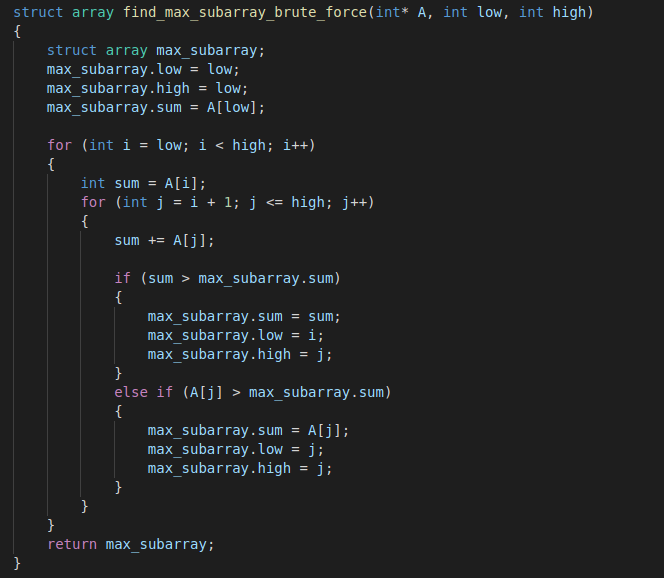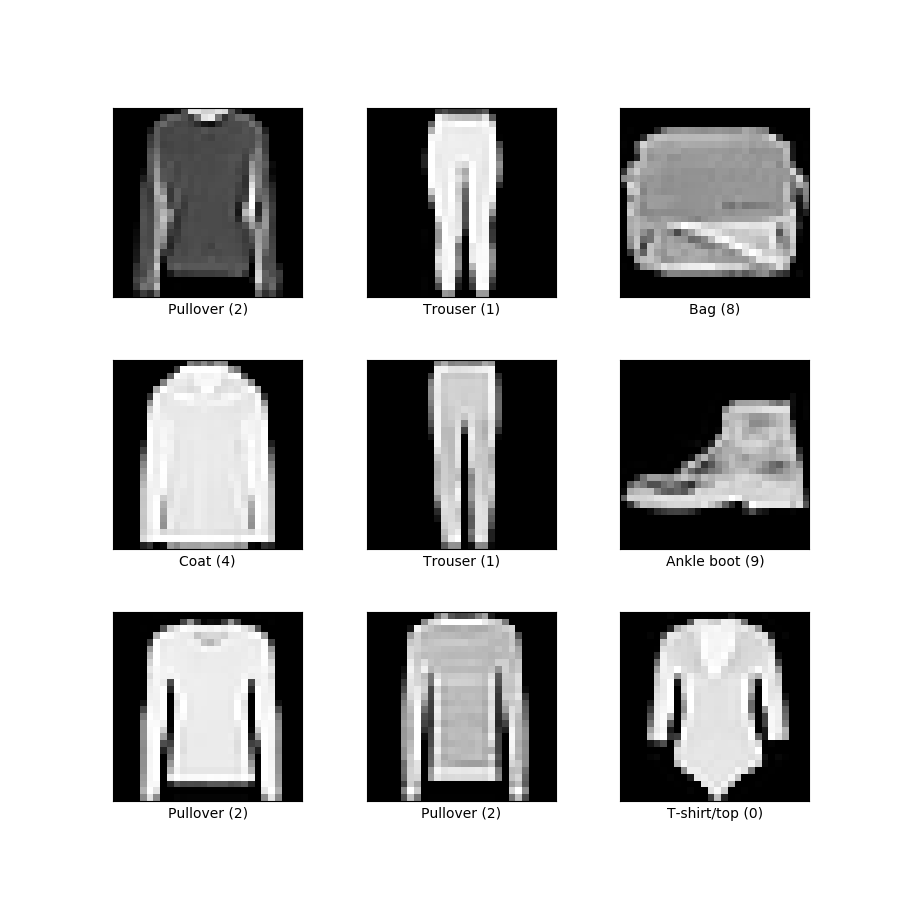Given a sequence of numbers $S=\{a_1, \dots, a_N\}$, the maximum subarray is the subsequence $s=\{a_{i}, \dots, a_{j}\}$, with $s \subset S$, such that $\displaystyle\sum_{l=i}^{j} a_l$ is maximum among all possible values of $i$ and $j$ obeying $1 \leq i \leq j \leq N$.
[Read More]
Random walk analysis of COVID-19 (Part 1)
An attempt to understand what the near future look like
First of all, it is not a secret that we write this blog as a portfolio for skills that we have been sharpening. We understand the severity of this dataset, and we don’t want to just promote ourselves without respecting all these lives that were lost during the past few...
[Read More]
Solving fashion mnist using ensemble learning
Exploring ensemble techniques
In this post we will try to use some ensemble methods to deal with an image classification problem. It is not the best application for these methods, but we can still find interesting results. Actually, as we will see, despite of the low capacity of the models to capture the...
[Read More]
Use out-of-core training to detect fake news
An approach to deal with a data set too big to fit in memory
It is not a secret that the bad guys are using this horrible weapon in a scale never saw before. Our legal systems are not fast enough to stop them, because they are too fast. Machine learning techniques are certainly a way out of this war.
[Read More]
Train you own spam detector
A basic and powerful strategy to separate spam from ham
You certainly heard many times about using machine learning to separate spam from ham. Do you want to have a glimpse of how it works?
[Read More]




